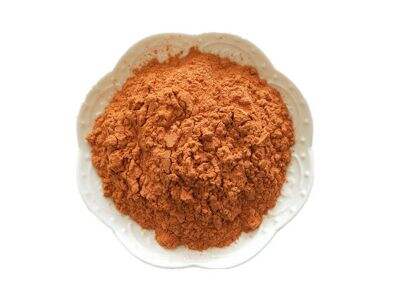These Tiny Insects Can Improve the Strength And Quality Of Plastics
I know we think about Mica flakes like little shiny pieces that lay around catching the rays of sun. But did you know that these small flakes could to a large extent, make everyday products stronger and more durable?
Applications in Plastics and Rubber Industry of Mica Flakes
For starters, what the heck does mica flakes even do inside of plastic and rubber stuff? Those amazing properties are due to the mica flakes in them, serving as reinforcement material (helping make the plastic or rubber stronger and wear-resistant). This is quite essential as it makes them very durable and versatile for a number of applications in which the products made with black mica flakes can last long and perform at its best.
Benefits of Mica Flakes in The Performance of Composite Materials
L et us go further how mica flakes enhance the performance of composite materials. Composite materials are created by combining two or more materials often with very different physical properties to form a new material with specific characteristics. The mica flakes added to plastic and rubber composites also improve the tensile strength, flexural modulus, heat deflection temperature (Melting Temperature) and impact resistance of the resulting product. They offer improved resistance to breakage or deformation when subject to pressure, making any product containing mica flake a more durable and safe option for daily usage.
Making the most of Mica Flakes in Contemporary Production
Mica flakes are commonly used to improve the function of plastics and rubber products in current manufacturing. Mica flakes allow manufacturers to make much stronger and higher-quality products, giving consumers what they need.
In summary, mica flakes are the right material to aid in reinforcing plastic and rubber products. The mica has a high aspect ratio which means it has a flat and elongated shape. It allows the material to get aligned within the plastic or rubber matrix. Therefore, it creates a structured network that supports the mechanical nature of the material. It is also chemically inert and heat tolerant hence accommodate in almost all applications. Moreover, the science behind large mica flakes as reinforcement in polymer composites is evident.
The material has a strong axial bond with the surrounding material, which strengthens and stiffens it. Therefore, the result of the composite material is more robust and extra resistant to external factors. By analyzing these theoretical principles, scientists and engineers are in a better position to offer solutions to plastic and rubber processing for high-quality products.















































